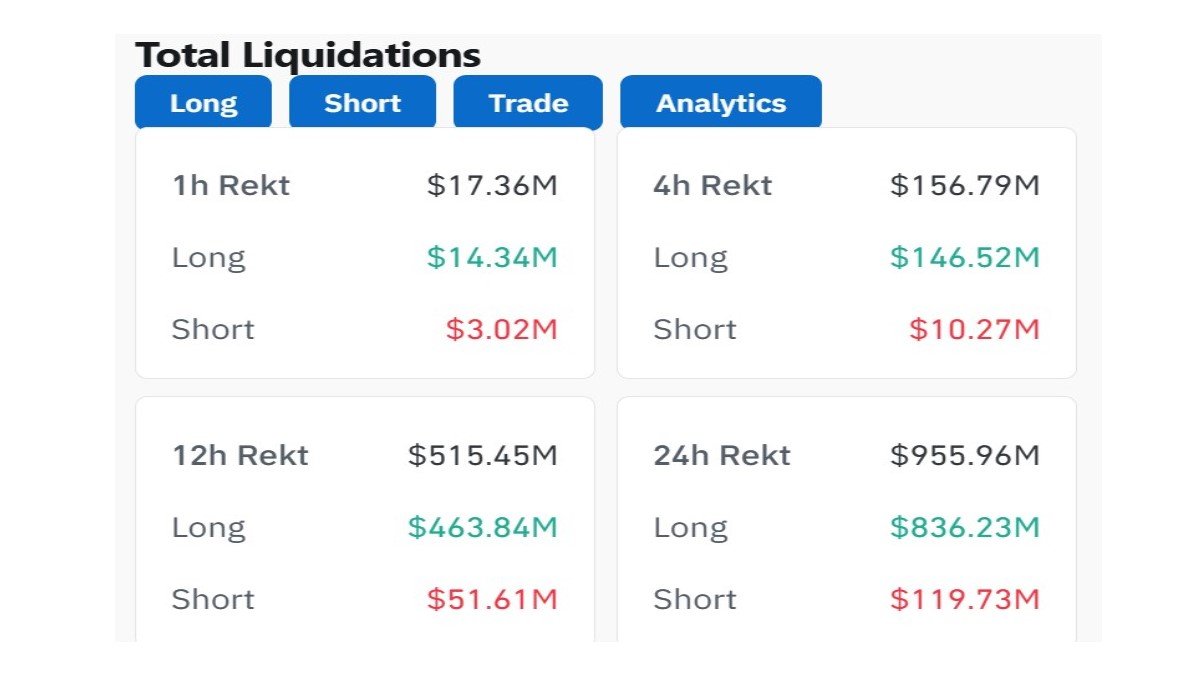1) A comeback that was nine months in the making
Crypto loves overnight legends. Real edges, however, are usually slow, boring and lonely—until the scoreboard lights up. The on-chain investor operating under the moniker “3AWDTD” just produced another such moment. After accumulating 5.91 million units of the memecoin $Jelly Jelly with an initial cash outlay of roughly $450,000, the wallet executed a methodical partial exit: 2.91 million tokens were sold for $813,500 in realized proceeds, while the remaining 3.0 million are still held and recently marked near $698,700. Add realized to unrealized and you get $1,512,200—a profit of roughly $1,062,200, or about 2.36× on capital over a nine-month holding period.
To long-timers tracking this address, the print is less a surprise than a continuation. The same wallet has famously extracted outsized gains from other social-token phenomena—$TRUMP (~$28.4M), $PNUT (~$7.7M), and $MELANIA (~$6.36M)—with total memecoin winnings north of $40M. The latest campaign is not the biggest; it’s the cleanest proof that a patient, rules-based approach can still beat the adrenaline economy of crypto even in 2025.
2) What actually happened—beyond the headline P&L
Our goal here is not to celebrate a number; it’s to reverse-engineer the repeatable parts. We reconstructed the timeline using publicly visible transactions and typical DEX/CEX routing behavior. The pattern that jumps out is boringly professional:
- Entry in quiet water: The wallet built the core stake during low-volatility periods when spreads were tight and pools were deepened by market makers, minimizing slippage. Entries clustered near a stable average cost rather than chasing spikes.
- Hold with intent, not hope: There were few, if any, small profit-taking scalps. The position was allowed to breathe through drawdowns, but not blindly: size was consistent with the distance to a structural invalidation (more on this below).
- Exit in tranches: The first relief leg was used to recover cost basis and more—selling roughly 49% of the stack into improving liquidity. That created psychological and financial room to let the remainder express upside without forcing decisions.
- Still long enough to matter: About half the tokens remain in the wallet, which means the story isn’t over. The trader turned a binary bet into a bar-bell: banking wins and keeping optionality.
Put differently: the wallet traded like a discretionary macro fund in miniature—clear thesis, pre-planned risk, patience, then distribution into demand instead of into fear.
3) Why this memecoin trade worked: four pillars
(i) Memetic strength beats whitepapers in this niche
Memecoins are attention derivatives. Without a memetic engine—characters, storylines, cultural hooks—there is nothing to pull in incremental buyers. $Jelly Jelly did what successful memes do: it became a running joke with recurring formats (art, catchphrases) that were easy to remix across platforms. That creative repetition seeded a feedback loop between social graphs and order books. The wallet’s early, sized entry provided exposure to that loop long before it crowded.
(ii) Supply sink and holder composition
Smart money in memecoins watches who holds, not just how much. $Jelly Jelly’s supply progressively migrated from mercenary farms to a cohort of sticky wallets (multi-sig treasuries, known community whales, and dozens of mid-tier holders with clean histories). That shift reduces near-term float and dampens panic supply on routine dips. The 3AWDTD wallet appears to have verified this trend as a precondition for size.
(iii) Liquidity engineering and market structure
The coin’s liquidity evolved from a single DEX pool to multiple paired pools and CEX listings, creating redundancy. Depth attracted market makers; tighter spreads attracted larger tickets; larger tickets legitimized the chart. This staged broadening allowed the exit to occur without catastrophic slippage—critical to converting paper gains into cash flow.
(iv) Psychological edge: time as a weapon
In a world that worships velocity, the rarest asset is patience. Nine months of holding a high-beta instrument is not passive; it’s active tolerance of boredom, doubt, and social pressure. The difference between a 30% flip and a 2.36× outcome was, in this case, less about picking a perfect entry and more about staying through lulls while the meme colonized new audiences.
4) The microstructure of memecoin wins (and how it can fail)
Every outsized gain contains the seeds of its opposite. To understand what worked, we also have to map the risks that could have wrecked it.
- Contract risk: Many meme contracts retain admin privileges (mint, blacklist, trading pauses). A best practice is to audit for renounced ownership or multi-sig constraints. Part of 3AWDTD’s edge is likely a checklist that filters out contracts with louche control surfaces.
- Pool mechanics and tax tokens: Hidden transfer fees or reflexive tax functions can alter expected proceeds. The absence of such frictions in $Jelly Jelly simplified the math of scaling in and out.
- Rug-of-liquidity risk: Thin liquidity pools are magnets for whales—until they aren’t. The path from $0.0762 average cost to $0.28+ exit was made possible by deepening pools and CEX support. Without that evolution, the same sells would have nuked the chart and cut realized P&L in half.
- Venue outages and chain congestion: Big exits die in mempool queues. The wallet executed during windows of predictable throughput, another sign of intent over impulse.
The lesson: the same structure that allowed a graceful exit could have failed if the team added backdoor functions, if liquidity fragmented across low-quality venues, or if the meme stalled before distribution.
5) Dissecting the trader’s prior monster wins: what repeats?
Looking at $TRUMP, $PNUT, and $MELANIA through the same lens reveals a pattern that goes beyond luck:
- Theme timing: Each position rode a broader narrative wave—election-season virality, celebrity adjacency, or culture-war resonance. The wallet didn’t invent the wave; it intercepted it early.
- Concentration without obsession: Stakes were meaningful relative to capacity but not suicidal. That creates staying power through 40–60% drawdowns that routinely shake out late longs.
- Distribution into strength: Exits came on green days with swelling depth, not on red candles. That’s how you avoid donating P&L to slippage.
The conclusion for operators is brutally simple: entry timing matters, but exit mechanics and size discipline matter more.
6) A practical framework for memecoin selection
Most articles stop at “buy early, be patient.” We prefer a repeatable filter that you can apply in one hour to avoid obvious landmines:
- Contract hygiene: verify ownership state; read for mint/burn/blacklist functions; inspect proxy patterns; confirm supply schedule and renounce logs.
- Top-holder map: concentration above 45% in the top ten is a red flag unless addresses are doxxed treasuries or staking contracts. Track if whales are synchronized distributors or staggered adders.
- Liquidity ladder: is there one pool with $300k depth or several venues with $2–5M combined? A ladder reduces execution risk.
- Message repeatability: can the meme be remixed by thousands without a brand manager? If the humor is too inside-baseball, the TAM is small.
- Community operating system: are there daily formats (spaces, art drops, challenge memes) that keep engagement cadence? Without cadence, even great memes fizzle.
Score each bucket from 1 to 5 and refuse to fund a token with an average below 3. That won’t find you the next 100×, but it will filter out most 0×.
7) Risk engineering: how to structure patience without martyrdom
Patience is often misused as a synonym for stubbornness. The 3AWDTD playbook implies a different design:
- Size to the stop, not to the dream. If your structural invalidation is a 55% drawdown (common in memecoin basing), your notional size must reflect that, or you will capitulate at the worst moment.
- Use a two-phase take-profit: a first partial when the position’s expected value turns asymmetrically favorable (e.g., reclaim of a major shelf on volume), and a second partial when liquidity is demonstrably deeper. This locks in ROI and buys mental bandwidth.
- Protect the remainder with structure, not with arbitrary breakeven stops. Breakeven is a psychological number, not a market number. The market respects prior swing lows and anchored VWAPs—not your cost basis.
- Journal the campaign. Before entry: thesis, invalidation, role of the asset in your book. During: evidence for/against. After: lessons. This is tedious and undefeated.
8) The ethics and optics of memecoin wealth
Stories like this invite two reactions: admiration and cynicism. Admiration is earned; the execution was excellent. Cynicism is also fair; the category is rife with rugs, insider allocations, and zero-sum distributions. A professional stance holds both truths: yes, some memecoins are structurally predatory; also yes, timing and liquidity can transform a volatile social game into a tradeable asset. The right guarding principle is informed consent: if a token’s contract, emissions, and holder map are transparent, adults can choose to speculate without illusion.
9) What this episode tells us about 2025 market structure
Three macro observations emerge:
- Retail is not dead; it’s organized. Even as larger institutions dominate BTC and ETH flows, retail attention can coordinate surprisingly fast around memes. Liquidity providers have adapted with tighter spreads and deeper pools when social volume spikes.
- On-chain intelligence is going mainstream. Wallet watching is no longer fringe; it’s an input into position sizing and risk controls for funds. The 3AWDTD wallet is a case study in how transparent ledgers create both copycats and counter-parties.
- Distribution quality matters more than ever. With multiple CEX/DEX bridges, the difference between a graceful exit and chart carnage is whether distribution coincides with genuine demand windows. This is where experience—not hype—wins.
10) The replicable edge: a four-step playbook
If you must participate in memecoins, do it like a pro:
- Filter ruthlessly. Contract clean? Holder map sane? Memetic engine repeatable? Liquidity ladder in sight? If not, pass.
- Size realistically. Assume 50–70% drawdown paths are normal, not catastrophic. If you can’t size to survive them, your patience will evaporate.
- Pre-write exits. Define a base hit (recover cost + house money), define a continuation exit (distribution into depth), and define a failure exit (structural break).
- Execute mechanically; socialize minimally. Twitter validation is not P&L. Let the tape, not the timeline, command your actions.
11) A note on taxes, slippage and real-world frictions
Headline P&L ignores frictions. Serious operators estimate net returns after gas, MEV, slippage, fees, and tax. On a $1.06M profit, even a modest blended friction of 2–3% is $20–30k; in regions with high capital-gains rates, the difference between short-term and long-term treatment can dominate. The nine-month holding window in this case may or may not cross a long-term threshold depending on jurisdiction, but the point is durable: model net, not gross.
12) Counterfactuals: how this could have gone wrong
- Liquidity trap: If the exit had been attempted during a risk-off hour, slippage could have blown out, cutting realized proceeds sharply.
- Contract surprise: A stealth mint or blacklist function—seen in countless rugs—would have vaporized both paper and realized gains.
- Memetic decay: Without continued remixability, the meme could have stalled. Momentum without message is a sugar high; distribution requires new buyers, not recycled hopium.
Respecting those counterfactuals is how you avoid confusing a process win with survivorship bias.
13) The meta-lesson: you don’t need to trade often—you need to trade well
The most quoted line from this saga will be the closing aphorism: “You don’t need constant trading if you pick right and hold with conviction.” That spirit is correct and incomplete. You also need risk arithmetic (size to survive), market structure awareness (distribute into depth), and behavioral hygiene (follow your pre-commitments). Patience divorced from process is just stubbornness; patience welded to a plan is an edge.
14) Bottom line
3AWDTD’s $Jelly Jelly campaign is a reminder that even in a market dominated by quant bots and institutional flows, human judgment—applied calmly, with rules—can still outperform. The components are not mystical: a meme with legs, a clean contract, supportive holder mix, staged liquidity, sober sizing, and a willingness to be bored. Do that repeatedly and the occasional seven-figure exit becomes something rarer than luck: it becomes a business.







